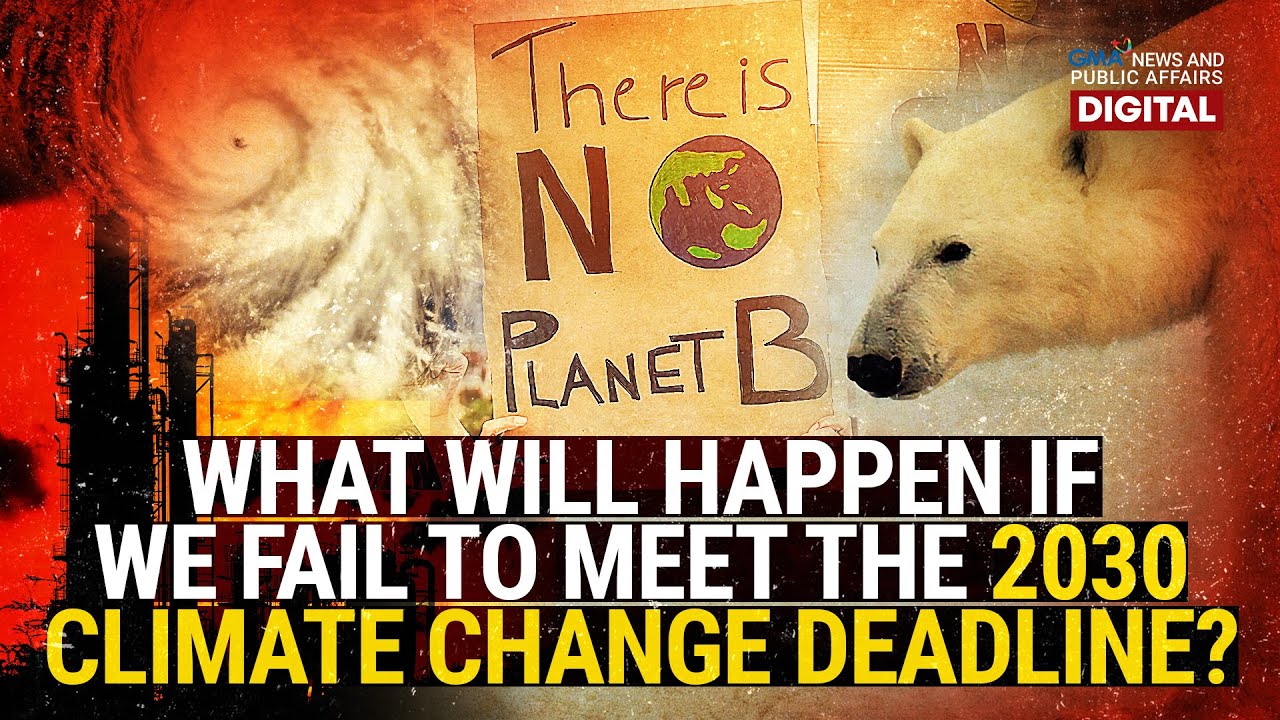What is Decarbonization?
Summary
TLDRThe video script discusses the urgent need for decarbonization to combat global emissions. It highlights the importance of developing balanced strategies that include alternative energy sources, infrastructure, and carbon limiting tools. The script explores various decarbonization pathways such as hydrogen, nuclear, solar, and wind energy, emphasizing the need for comprehensive analysis and the integration of both proven and emerging solutions to achieve net-zero emissions by 2050.
Takeaways
- 🌿 **Decarbonization Priority**: Reducing carbon emissions is a high priority for governments, businesses, and communities due to carbon's central role in life and the economy.
- 🔍 **No Silver Bullet**: There is no single solution to decarbonization; it requires a comprehensive approach combining various strategies and technologies.
- 🌐 **Global Goals**: Ambitious goals like net-zero emissions by 2050 demand stable, affordable energy supplies, universal access, and robust economic growth.
- 💡 **Decarbonization Defined**: It involves reducing CO2 and similar gases in the atmosphere or lowering the carbon intensity of energy production, transportation, and economic sectors.
- 🌞 **Energy Transition**: Short-term decarbonization focuses on meeting new demand with carbon-free sources, while long-term aims to replace existing emitting energy sources with renewables.
- ⚡ **Renewable Energy**: Hydrogen, nuclear, solar, and wind are key strategies for decarbonization, each with unique advantages and challenges.
- 💧 **Hydrogen Potential**: Hydrogen can be produced without carbon emissions and is useful for industrial heat and electricity, but it requires significant energy and infrastructure.
- ☢️ **Nuclear Considerations**: Nuclear power is carbon-free and scalable but faces high costs and public policy challenges, including waste management.
- 🌬️ **Solar and Wind**: These technologies are clean and safe but intermittent, requiring new transmission infrastructure and dealing with waste disposal.
- 🔋 **Supporting Infrastructure**: Technologies like batteries and carbon capture are crucial for making renewable energy more efficient and addressing emissions.
- 🌍 **Global Outlook**: Decarbonization strategies will vary globally, influenced by social, economic, and logistical factors, and the feasibility of different energy solutions.
Q & A
What is decarbonization and why is it important?
-Decarbonization refers to reducing the amount of carbon dioxide and similar gases that enter the atmosphere or lowering the carbon intensity of energy production, transportation, and economic sectors. It is important because carbon emissions are central to climate change, and reducing them is crucial for mitigating global warming and its effects.
What are the challenges in achieving decarbonization?
-Achieving decarbonization is challenging due to the need for comprehensive analysis to drive practical solutions, balancing existing solutions with new technologies, ensuring stable and affordable energy supplies, universal energy access, and robust economic growth.
What are the key strategies for decarbonization mentioned in the script?
-The key strategies for decarbonization mentioned are hydrogen, nuclear, solar, and wind energy. Each has its pros and cons, such as the need for new infrastructure for hydrogen, the high cost and waste management concerns of nuclear, and the intermittency and supply chain issues of solar and wind.
How does the script suggest meeting new energy demand in the short term?
-In the short term, decarbonization proponents seek to meet new demand with carbon-free sources, allowing the economy to grow with more energy but lower total emissions, without necessarily shutting down coal plants.
What does a long-term decarbonization strategy entail?
-A long-term decarbonization strategy involves replacing existing emitting energy sources with renewables to produce the same level of energy at a lower carbon intensity, aiming for a net-zero future powered by non-emitting sources or employing mitigation or offset strategies.
What role do batteries play in decarbonization?
-Batteries play a crucial role in decarbonization by holding power generated from renewable or carbon-free sources, making them more efficient or viable at scale.
How does the script address the issue of nuclear waste?
-The script acknowledges the concern about nuclear waste and the lack of a centralized national disposal site. However, it suggests that nuclear waste can be safely stored on-site as it is today, and overall, nuclear is considered the cleanest form of power and the second safest method of producing energy.
What are the social and economic costs associated with decarbonization?
-The social and economic costs of decarbonization include varying degrees of political, economic, and logistical feasibility, as well as the need for significant investments in new infrastructure and technologies.
How does the script define the future of energy in a decarbonized world?
-In a fully decarbonized world, the script suggests that the energy system would rely on alternative energy sources and supply chains, with the end goal of electrification of the entire economy.
What are the assumptions underlying popular decarbonization strategies?
-The assumptions underlying popular decarbonization strategies include the belief that technologies like wind, solar, and electric vehicles will become more efficient and cost-effective over time, and that new transmission infrastructure can be built to connect renewable energy sources to the grid.
How does the script suggest balancing decarbonization with economic growth?
-The script suggests that decarbonization must be balanced with economic growth by ensuring that ambitious goals like net-zero emissions do not compromise stable and affordable energy supplies, universal energy access, and robust economic growth.
Outlines

This section is available to paid users only. Please upgrade to access this part.
Upgrade NowMindmap

This section is available to paid users only. Please upgrade to access this part.
Upgrade NowKeywords

This section is available to paid users only. Please upgrade to access this part.
Upgrade NowHighlights

This section is available to paid users only. Please upgrade to access this part.
Upgrade NowTranscripts

This section is available to paid users only. Please upgrade to access this part.
Upgrade NowBrowse More Related Video

What will happen if we fail to meet the 2030 climate change deadline? | Need to Know

MC11.1.1.1 - Energy consumption and electricity consumption - overview

The Worst Environmental Disasters In History | Desperate Hours | Earth Stories

Episódio 02 - Urânia e a Energia Limpa

How America can leave fossil fuels behind, in one chart | 2020 Election

Electric Car Persuasive Speech
5.0 / 5 (0 votes)